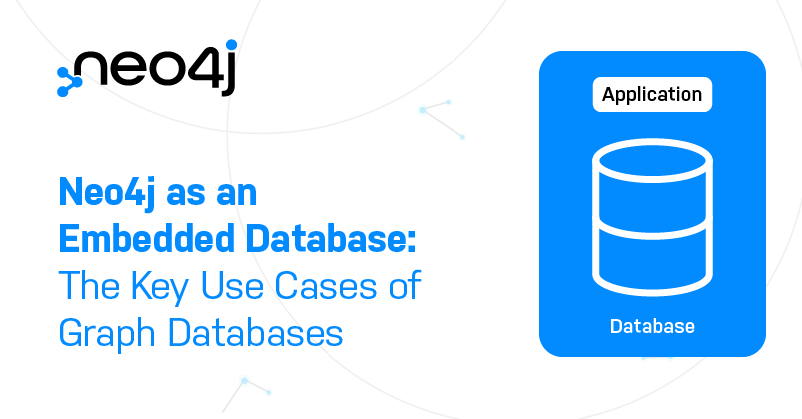How Telenor Harnessed Neo4j for Competitive Advantage in IAM

Vice President, Product Marketing
3 min read

 Telenor Norway is the largest supplier of Norway’s telecommunications and data services, but they had run into a major data growth problem.
Telenor Norway is the largest supplier of Norway’s telecommunications and data services, but they had run into a major data growth problem.
With a growing number of subscriptions, their older identity and access management (IAM) system couldn’t handle the provisioning of data for their larger customer base.
In fact, Telenor’s leaders projected that unless they re-imagined their existing solution, they would have to stop accepting new customers within one year.
That’s when they found Neo4j and started using it for sustainable competitive advantage.
In this series on sustainable competitive advantage, we’ll cover how graph databases give your enterprise an edge when it comes to insights from data relationships. In past weeks, we’ve discussed how graph databases ensure sustainable competitive advantage, different approaches to developing applications with connected data, how Gamesys leveraged Neo4j for competitive advantage, how Walmart used Neo4j for a retail competitive advantage and eBay’s competitive advantage in same-day delivery.
This week, we’ll take a closer look at how Telenor used Neo4j for faster, safer and more effective identity management.
When Data Growth Threatened to Stop Telenor in Its Tracks
Behind Telenor’s online self-service management portal lies the middleware responsible for managing customer organizational structures, agreements, subscriptions and user access to business mobile subscriptions.
With their older solution, customers had to wait 20 minutes to gain access to new resources. Over time, mobile subscriptions greatly increased and customer portfolios grew dramatically — at the same time that users expected near-real-time response from online systems.
To deal with this mushrooming data growth, the team tried a batch pre-compute process, but the batch window kept growing, data was as stale as 24 hours old at the time of retrieval, and the problems of adding new users or changing rights remained unsolved.
Telenor Turns to Neo4j for Identity & Access Management
With Neo4j, they reimagined the identity and access management process that covers corporate and residential customers, their corporate structure, subscriptions containing phone number, price plan, owner/payer/user roles, billing accounts and agreements (including discounts).
See below for a simplified rendering of Telenor’s graph data model for their new identity and access management solution built on Neo4j:
Creating Sustainable Competitive Advantage for Telenor
When the team built an identity management solution with Neo4j integrated into the platform framework, Telenor’s three million (and counting) customers experienced a minutes-to-milliseconds performance increase.
The secret to Telenor’s success? Dramatically simplified business traversal rules via a graph data model (see above).
For example, a traversal that once took 1500 lines of SQL needed just 10s of lines of native Java code to query Neo4j.
Modeling the resource graph in Neo4j was natural because the data domain is a graph. This ease of understanding allowed Telenor to get fast and secure answers to important questions, such as:
- Which subscriptions is a user allowed to access?
- Does the user have access to the given resource, and which agreements is a customer party to?
The speed and accuracy of these operations is critical, because system users cannot access data until an authorization calculation is performed.
“As a premium telecommunications provider in Norway, we need a reliable system to cater to our large user base,” explains Sebastian Verheughe, architect and developer of the Telenor Mobile Middleware Services. “The Neo4j database delivers high performance services for our value chain.”
By overcoming both performance and data currency limitations, Neo4j enabled high performance and reliable execution of authorization rules. The transition to Neo4j resulted not just in faster performance, but in more easily maintainable code – and ultimately sustainable competitive advantage – because access rules could be expressed much more easily.
Download this white paper, Sustainable Competitive Advantage: Creating Business Value through Data Relationships, and discover how your company can use graph database technology to leave your competition behind.
Catch up with the rest of the sustainable competitive advantage series:









